SUMMARY
This is AI generated summarization, which may have errors. For context, always refer to the full article.
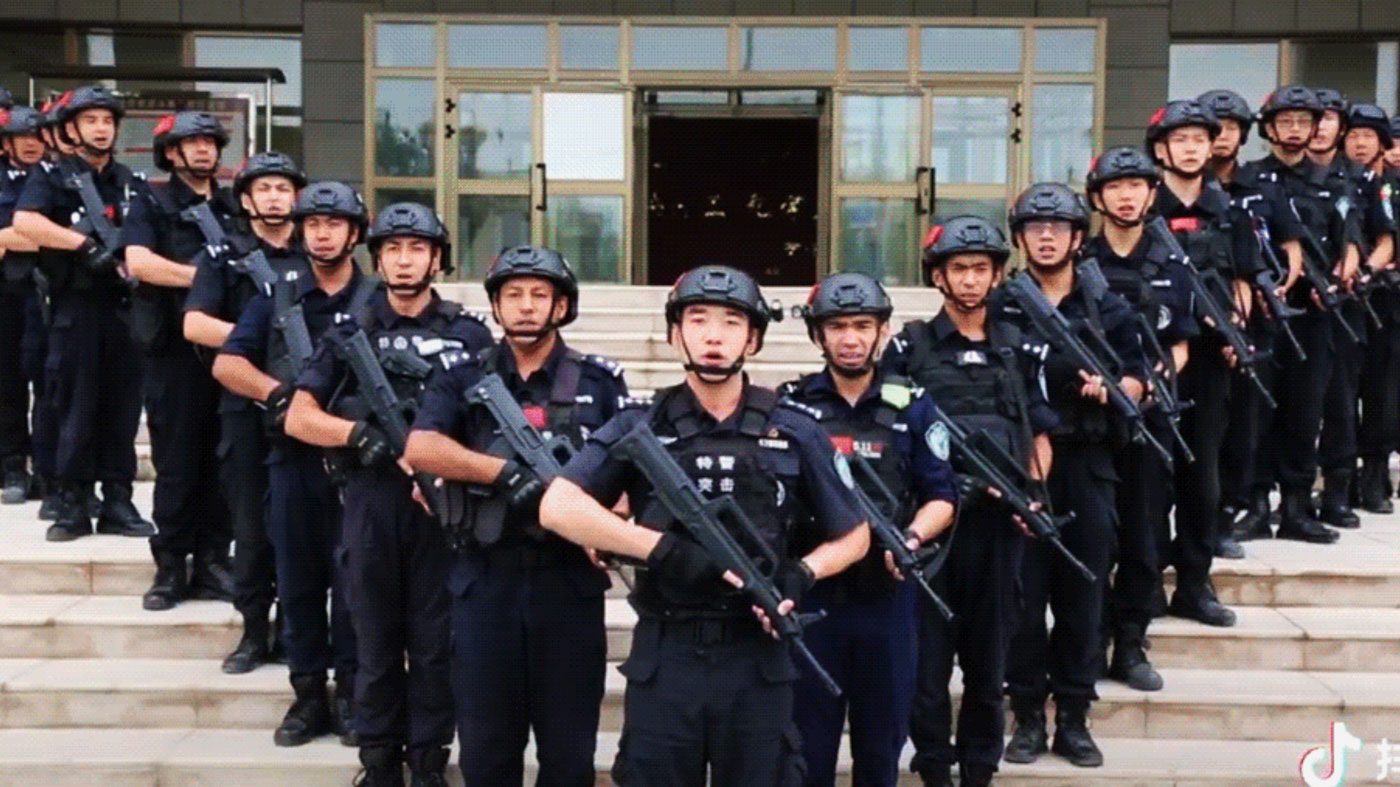
Every evening after getting back from his studies, Alip Erkin sits at home in Sydney, Australia, and opens up the video-sharing app TikTok on his Android phone. He’s looking for something in particular: videos from Xinjiang in northwest China, which he left for the last time in 2012. Since then, Xinjiang has been rapidly transformed into a vast police state, where Uyghurs, the mostly Muslim ethnic group native to the region, are systematically targeted and surveilled, with more than a million held in concentration camps and detention centers.
Scrolling videos of home from thousands of miles away is strange, nostalgic, and bittersweet for anyone. But for Erkin, 41, it is a glimpse of a place the Chinese government doesn’t want him to see.
Upon opening the TikTok app, Erkin is greeted by walls of auto-playing videos, most of which mean nothing to him: surreal comedy bits, cheery musical singalongs. “I get a cup of coffee and browse,” he said. “Most of the videos are worthless in terms of the political situation.”
But every so often, Erkin comes across a video that reveals something about the realities of China’s mass surveillance crackdown and brainwashing policy in Xinjiang: a video of a propaganda rally, with Uyghurs singing songs praising the Communist Party of China; footage from inside a Uyghur orphanage for children with parents in detention; crowds of Uyghurs chanting in Mandarin rather than their native Uyghur language; a mosque being demolished. Often he’ll find shots of the deserted streets of once-bustling Kashgar, his now empty home city.
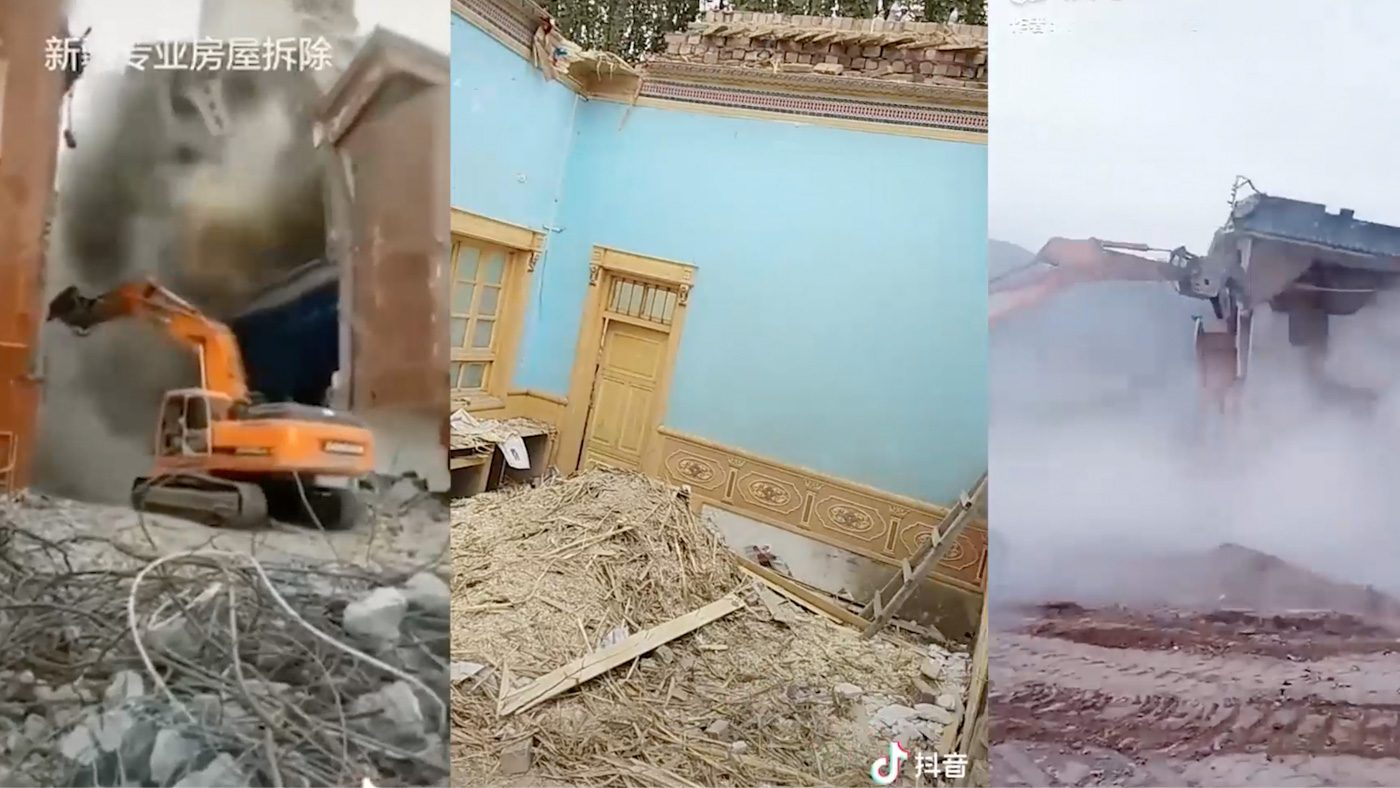
Most valuable of all is evidence of life under Xinjiang’s oppressive surveillance regime, such as footage of a long line of Uyghurs waiting to pass through a security checkpoint or heavily armed Xinjiang police in training.
Often while browsing TikTok, Erkin spots smaller, unfamiliar details: Uyghur Muslim women without headscarves; men without beards. He notices his native Uyghur language gradually disappearing from street signs. “These parts of Uyghur culture are gone, and when I see that, I get depressed and angry,” Erkin said. “But I try to continue browsing even if it makes me unhappy, just for the purpose of useful information.” As soon as he finds a video of something interesting, Erkin downloads and archives it before it’s censored. He then reposts it to his Twitter page, Uyghur Bulletin.
Xinjiang is in information lockdown. The Chinese government claims it is cracking down on terrorism and extremism in the region. Thanks to a de-facto ban on contact with foreign numbers, Uyghurs are afraid to message or call their loved ones who live outside China. Other ways of getting information out are also closely controlled: Foreign journalists visiting Xinjiang are tightly monitored, their cameras and phones routinely wiped at the checkpoints they have to pass through each day. For activists like Erkin, the totalitarian control on information creates a problem: The distinct lack of striking visuals makes it hard for people around the world to grasp the daily realities of Xinjiang’s humanitarian crisis. A lack of coordinated and coherent response from the international community is perhaps testament to that. While the Trump administration has made noises about imposing sanctions against China for its treatment of the Uyghurs, plans to do so appear to have melted away as trade talks between the two powers continue. All the while, concrete information about the ongoing crackdown is in short supply.
Enter TikTok, the hugely popular, Chinese-built video-sharing app, owned by tech giant Bytedance. It’s currently used by around a billion people across the world. Thousands of videos from Xinjiang, filmed by both Uyghur and Han Chinese users, are uploaded every day to Chinese TikTok and other copycat video sharing apps. The sheer volume of videos makes it difficult for the authorities to censor everything. “They’re plugging the gaps,” said Darren Byler, a scholar who has extensively researched Uyghurs and technology. “But it’s done in a piecemeal way. The internet is a big place and it’s hard to police it.” And sometimes, compromising content slips through the net.
Erkin is part of a global network of Uyghurs who catch that content, continually trawling TikTok for visual clues about the situation in Xinjiang. Aliye Yasin, whose name has been changed to protect her family, began using the app in August. She opens up TikTok during her dinner time. “It’s midnight in China, and most people are asleep,” she said. Including, she believes, the authorities who monitor Xinjiang social media.
One of the most striking videos Yasin found was posted by a Xinjiang police department’s official account. Armed police officers, who appear to be mostly Uyghur, declare their loyalty to the Party. The caption: “Swear to the motherland to protect the people’s peace.”
Another official video shows mostly Uyghur police dancing before the Chinese flag. A sign above them suggests it’s part of a group psychological support session — a telling detail, given Uyghur police are routinely required to arrest and detain their own people.
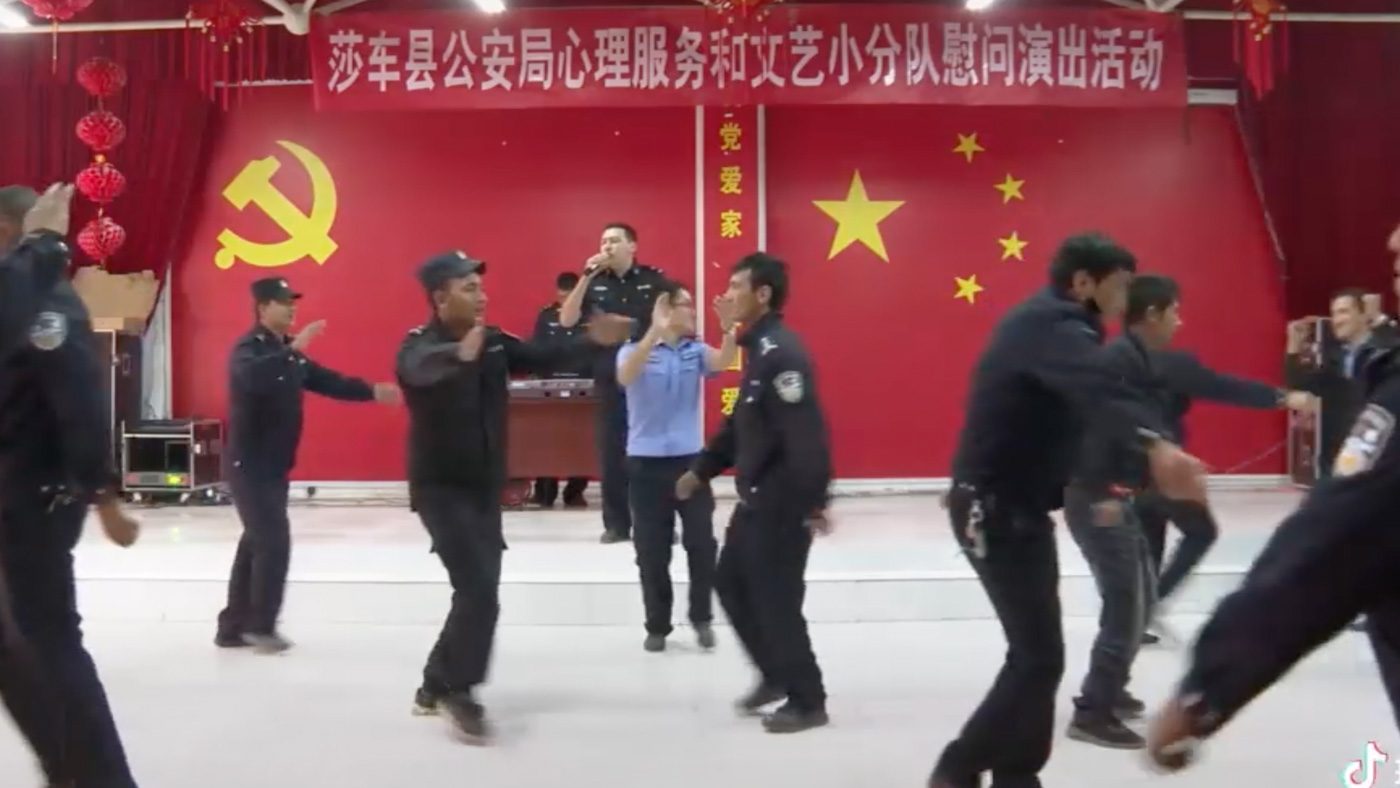
Erkin, Yasin, and the other Uyghur online activists are using TikTok to challenge China’s claims that it has de-escalated its surveillance and detention activities in Xinjiang. In July, a Xinjiang official stated that “most people” had been released from the “re-education camps.” This sparked a furious online campaign by Uyghurs across the globe who posted pictures of their still-missing relatives, asking the authorities to release them.
Human rights groups said they’d seen no evidence of any large-scale releases, and called China’s statement “deceptive and unverifiable.” Last week, drone footage emerged from August 2018 of police leading hundreds of shackled and blindfolded men from a train in what is believed to be south-west Xinjiang. It is thought the men in the video are being shuttled into large detention centres.
“It remains imperative that UN human rights investigators, independent observers and the media be given unrestricted access to the region as a matter of urgency,” said Nicholas Bequelin, Amnesty International’s Asia regional director, in response to the Xinjiang official’s statement.
For Yasin, the government’s statement was partly what inspired her mission to start scouring TikTok to expose the reality of life in Xinjiang. “That news fed my anger. They activated me by telling that lie,” she said. “I set up a new Douyin [Tiktok] account and started to look.”
It’s difficult work: TikTok videos are far from an ideal form of evidence. Most are all of nine seconds long, vary in quality, and are difficult to geolocate. “There’s no way of verifying their accuracy,” said Timothy Grose, an assistant professor at Rose-Hulman Institute of Technology in Terre Haute, Indiana. But, he said, given how difficult it is to go to the region right now, “any kind of visual evidence is important in building a more vivid and comprehensive picture of the situation.”
Mining TikTok for the sole purpose of seeing inside a police state is an unorthodox use of the app. TikTok, which did not respond to requests for comment for this article, shot to the top of Apple’s most downloaded list last year, and stayed there — hitting an estimated one billion installs in February. Most people know it as an app popular with teenagers in the US, Europe, and China for its user-generated, snappy, gimmicky short videos cut to pop music. But soon, the app was co-opted by people who understood its potential.
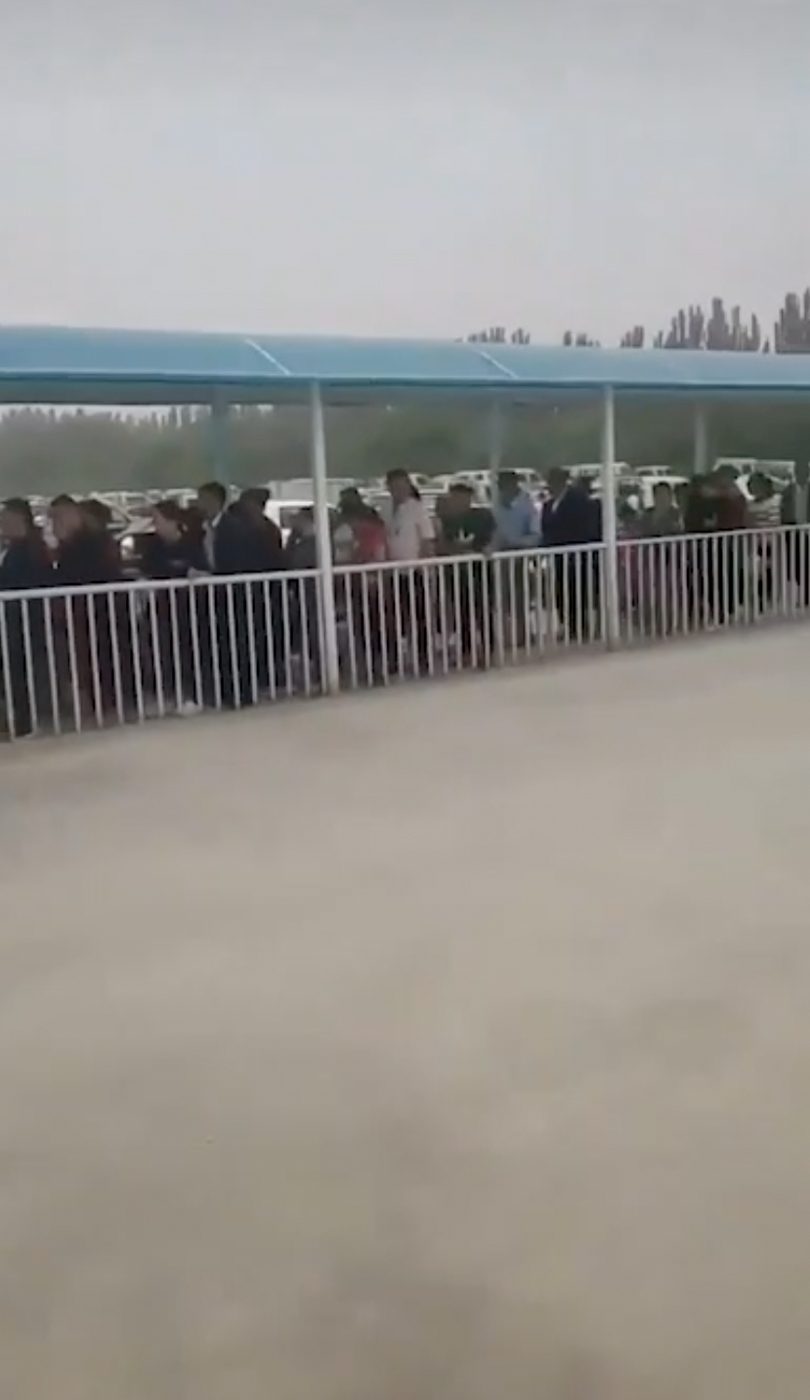
Earlier this year, I reported on the story of Kalbinur Tursun, a woman who managed to flee Xinjiang but was forced to leave her children behind. While casually browsing social media from her home in Istanbul, Tursun saw a TikTok video of her 6-year-old daughter, Aisha, filmed in what appears to be a Chinese orphanage for Uyghur children. It was the first time in years she had seen her daughter’s face.
Though Tursun’s story seems an astonishing coincidence, she’s not the only Uyghur to have discovered news of her missing family by chance through TikTok. In February, Business Insider reported on the story of Abdurahman Tohti, who lives in Turkey and had not heard from his family since they disappeared after leaving for Xinjiang on vacation in 2016. “While scrolling through Douyin…he saw a familiar sight: big, black eyes, and round, rosy cheeks,” reporter Alexandra Ma wrote. “It was his 4-year-old son, Abduleziz.” In the video, an off-camera voice asks: “What’s the name of the Fatherland?” “The People’s Republic of China!” the little boy yells.
Tohti’s story was a turning point for Alip Erkin, the Uyghur activist in Australia. “I realized Douyin [TikTok] was one of the few platforms that people overseas can get some valuable information from,” he said.
The Uyghurs who do this work need to use special tactics to get into Douyin, the Chinese version of TikTok, which can only be accessed with a Chinese phone.
China’s firewall — originally designed to keep Chinese people from accessing foreign websites — now appears to be also stopping foreigners from seeing in. “It looks like they’re creating a reverse great firewall, and Douyin is a perfect example. They want to keep TikTok outside and Douyin inside; there’s an intentionality there that has an element of censorship about it,” said James Leibold, associate professor in politics and Asian studies at La Trobe University, Melbourne. Day by day, he said, it’s becoming more difficult to access online content from Xinjiang. The solution, he believes, is to be ever more innovative and methodical.
Once they’ve got around the firewall and accessed TikTok, the international Uyghur activists then have to “teach” the app’s algorithm to show them the videos they want to see. “You have to train it in a certain way,” Yasin said. “You can’t really search, because they cleaned up all the location-based search results. Anything that uses Xinjiang keywords is censored.” On Wednesday, the Guardian revealed that TikTok’s moderators are told to censor videos that make mention of politically sensitive subjects, such as Tiananmen Square and Tibetan independence. The revelation follows a report by the Washington Post examining how TikTok content from Hong Kong depicted a peaceful and “politically convenient” vision of the city, hardly alluding to the current protests. The Guardian report, based on leaked documents, said the app “limits its distribution through TikTok’s algorithmically-curated feed” for less potent infringements of the guidelines.
TikTok uses algorithms to “serve” users the content it thinks they will like, based on their reactions and responses to each video.
“To make my feed more relevant, I don’t ‘like’ or comment on content other than that about Uyghurs or East Turkestan [the preferred Uyghur name for Xinjiang],” Erkin said. “I only like what I want to see.” That way, he’ll see more videos like it.
It’s a strangely satisfying process, Yasin said. “That’s the beauty of it. Sometimes the algorithm will recommend me something recently posted, not super popular — and it’s what I’m looking for.”
Two months ago, a Uyghur exile escaped Xinjiang and arrived in the United States. She brought her Chinese phone with her — a precious commodity. Using her old phone and Chinese sim card, she now works alongside a group of Uyghur students to mine TikTok. Mehmet Jan, a Uyghur graduate student in the US, helps run the project. “I categorize the videos into four groups,” he said, sorting them according to whether they show testimonials, surveillance, destruction of mosques, or cultural annihilation.
The students are intent on collecting proof that Xinjiang is gradually being re-programmed into a state built in Beijing’s image. The government claims it is trying to stamp out terrorism in the region. “This is no targeted response to violent extremism, but a concerted campaign to hollow out a whole culture,” scholar Rachel Harris wrote in an article for the Guardian in April.
A recent flurry of TikTok footage of weddings between Uyghur women and Han Chinese men has been a source of distress for Uyghurs in the diaspora, who see the videos as evidence of forced racial assimilation. According to a report by Radio Free Asia’s Uyghur service, in 2017 the Xinjiang government introduced a “Uyghur-Han Marriage and Family Incentive Strategy,” which offered 10,000 yuan ($1,400) to Uyghur and Han Chinese couples who intermarried.
Mixed marriages are a rarity in China: According to the 2010 census, just 0.2 percent of Uyghurs married Han people. James Leibold, the scholar in Australia, has also uncovered video evidence of the inter-marriage program. In April, he tweeted that the Chinese internet was “awash with short videos promoting Han-Uyghur inter-marriage.” Leibold explained how “there is a long history of this colonial strategy — using inter-ethnic marriage as a tool for national integration.”
Beijing’s treatment of the Uyghurs is part of a far-reaching campaign that outwardly attempts to rid the Muslim minority of certain aspects of its identity and convey an idealized image of a Xinjiang closer to the dominant Han Chinese culture. Through razing Uyghur mosques, destroying traditional Uyghur architecture, discouraging the use of Uyghur language, and incentivizing intermarriage, there is a deep concern that many parts of Uyghur life have been lost forever. Following international outcry over China’s imprisonment of more than a million Uyghurs, China appears to have ramped up its efforts to shield its activities in Xinjiang using firewalling, heightened censorship, and misleading official statements.
Meanwhile, in a further attempt to stifle outside criticism, Beijing-owned media has been flooded with pictures and stories depicting a bustling, vibrant Xinjiang. And government propagandists appear to be working in overdrive to control the region’s image — often posting TikTok videos of their own. “Here I am, lost in the wondrously chaotic night market in Xinjiang,” Eva Zheng, a Twitter user who appears to work for the Chinese government and regularly posts TikTok videos, wrote in August. Timothy Grose, the professor at Rose-Hulman, is frustrated by content like this. “It doesn’t help that we have competing videos,” he said. “Those who are unconvinced there’s anything going on are being bombarded with counter-narratives.”
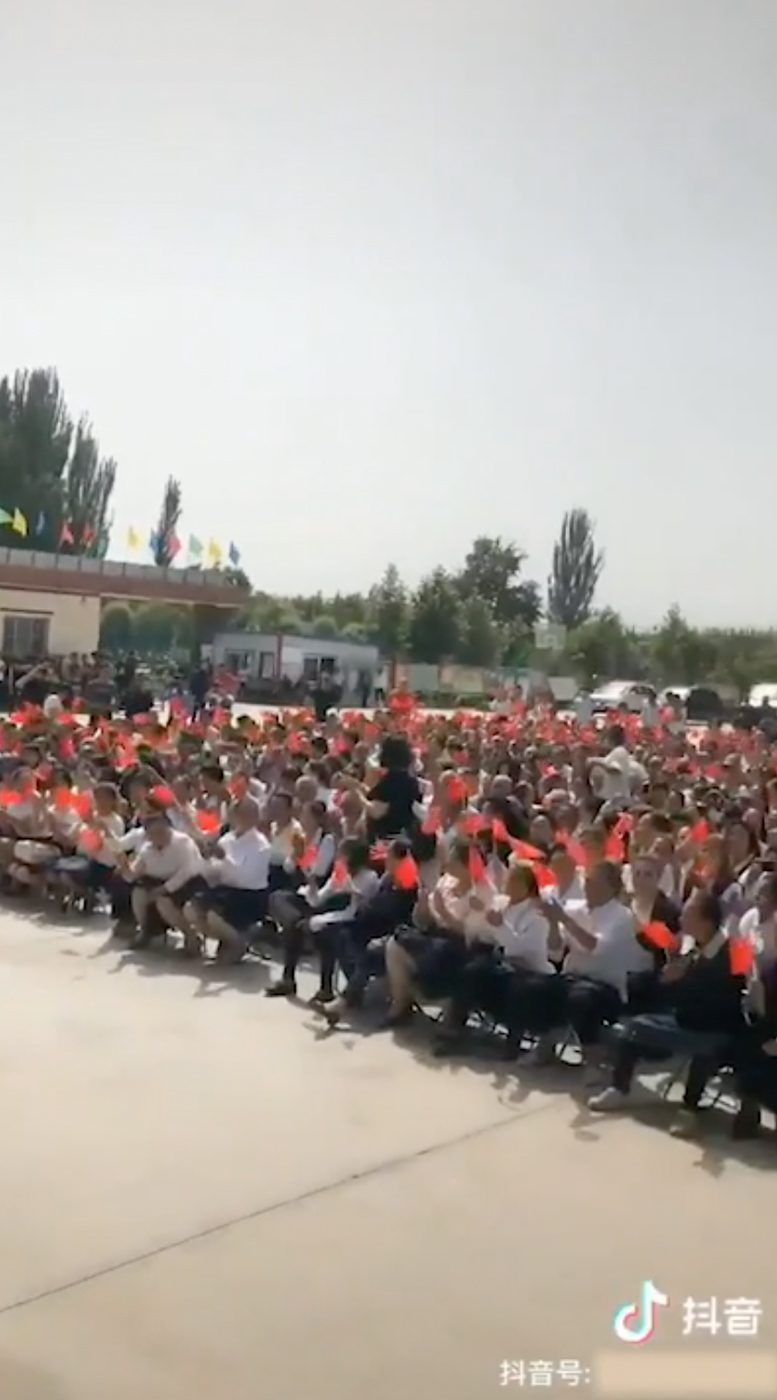
In an attempt to combat the onslaught of state propaganda, Alip Erkin was at one stage spending every waking hour mining for online information about Xinjiang. “It took a huge psychological toll on me, so I’m starting to consciously reduce screen time,” he said.
The mental health repercussions of fighting this digital campaign is a source of worry for Uyghur-Australian activist Arslan Hidayat, who often gets sent TikTok videos by other Uyghurs over WhatsApp. “I’ve talked to people who’ve been psychologically distraught,” he said. Mehmet Jan, the student in the U.S., admits: “It is mentally exhausting. I have a feeling I spend too much time online. I can’t concentrate on other stuff.”
The TikTok miners are also concerned about the Uyghurs in Xinjiang who posted the videos in the first place. “It will be treated like a crime — like revealing state secrets,” Jan said.
In August, something unusual began to happen on Chinese TikTok. One by one, dozens of Uyghurs from inside Xinjiang began posting mute videos of themselves in front of pictures of their relatives. Many were crying. “I think there was a mastermind behind it — one or two creative people,” Hidayat said. It was a wordless, digital flashmob; each video copying the last. “People caught on without getting together, without having to explain the concept. It was completely coded,” Hidayat said. “But every Uyghur understood those videos.” In one video, a girl sits before a picture of four men, holding up four fingers. Slowly, she makes a fist.
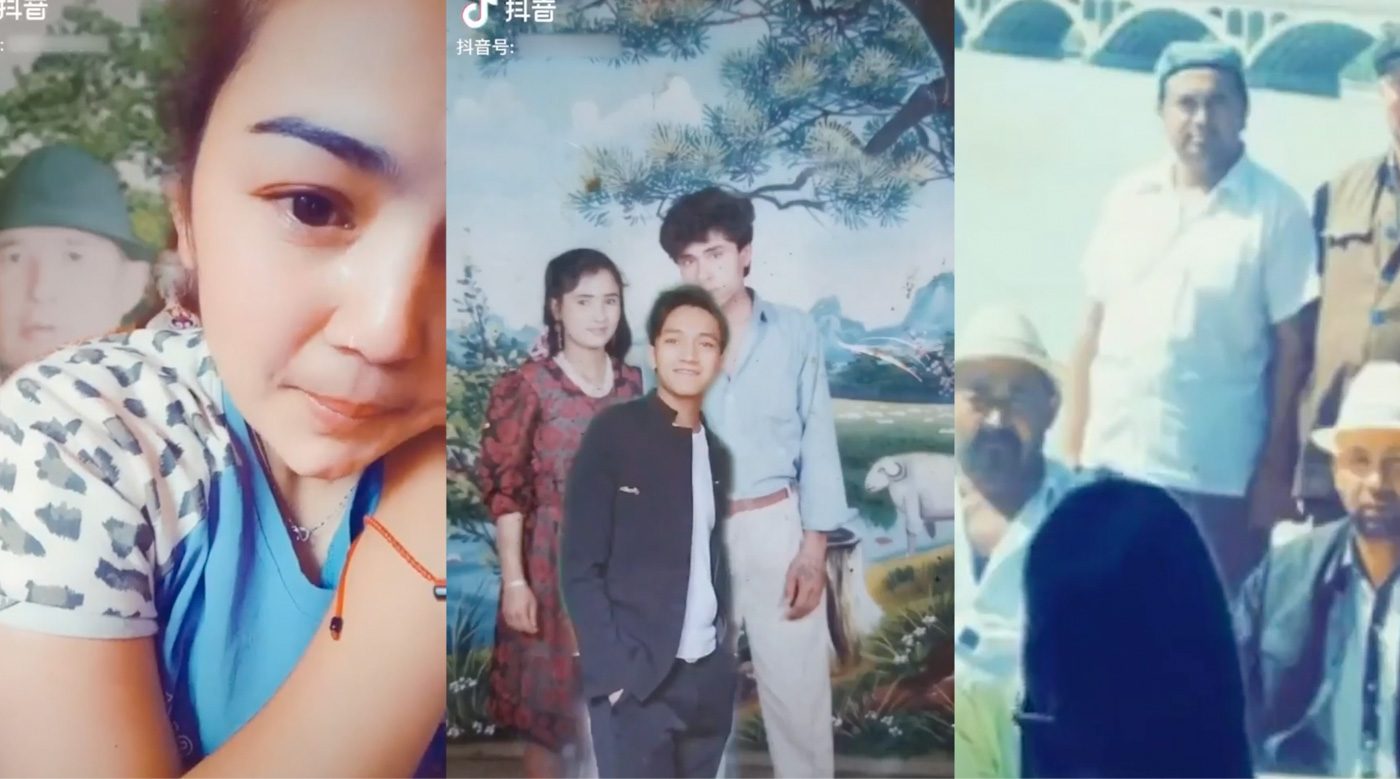
Outside China, the international Uyghur digital diaspora quickly mobilized. They saw the videos as a silent uprising against the mass detention centres, and reposted them all over Facebook and Twitter. Hidayat gathered the videos into a thread, creating the hashtag #WeHearU. News outlets soon began picking up the story.
Uyghurs and China-watchers across the world continue to be struck by the sheer bravery of the videos. “You know when you see those movies where people throw a message in a bottle into the ocean?” Hidayat said. “It was like that. The videos didn’t really address anybody. It wasn’t a protest, because they cannot protest against the Chinese government. It’s literally just a message.”
A few days after the wave of silent videos, Yasin searched TikTok for some of the Uyghur users who had posted them. Amid the color and jangling noise of the video app, their feeds had become dark grids of broken grey video icons. Some people’s accounts had gone completely. “Your search results are empty, and no related content could be found,” the app informed her. – Rappler.com
Isobel is a filmmaker, radio reporter and multimedia journalist for Coda Story. A graduate of Columbia Journalism School, she specializes in covering disinformation, authoritarian technology, and the human stories beneath.
This article has been republished from Coda Story with permission.
Add a comment
How does this make you feel?
There are no comments yet. Add your comment to start the conversation.